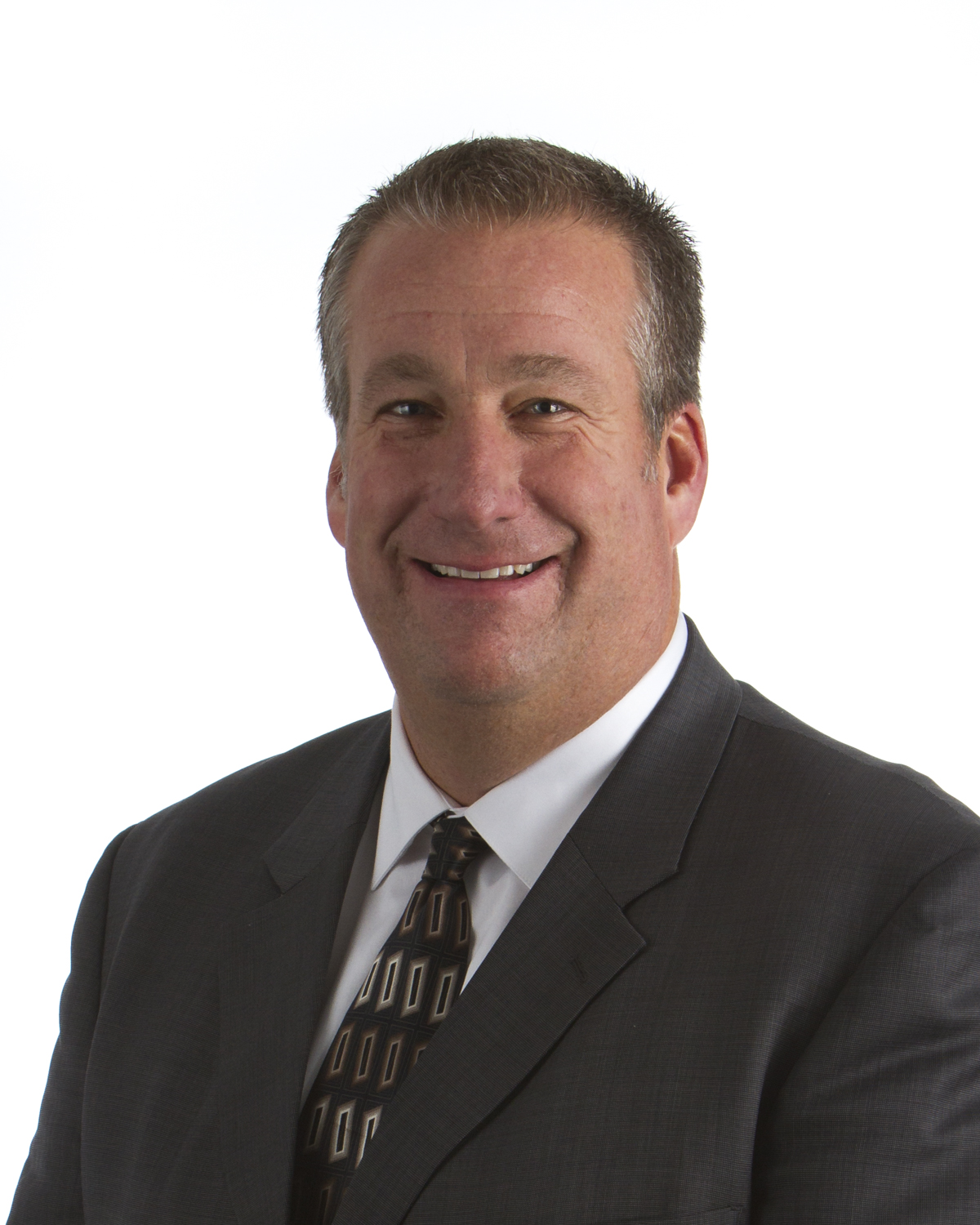Strategic Planning Season is always a busy time for organizations. However, starting in March 2020, in the midst of the confusion and uncertainty surrounding the global pandemic, a group of 30 marketers, spread over 6 different countries in North America and Europe, not only avoided delaying their plan development; they actually succeeded in creating four actionable global plans safely and efficiently during a worldwide lockdown.
Going into their planning season, the Getinge downstream marketing team, responsible for the medical device maker’s existing and inline products, already knew that they wouldn’t have many chances to strategize together in person. But when the COVID-19 global lockdown commenced shortly after a short-but-productive planning kickoff meeting, they decided to keep the momentum going. They immediately moved to Impact’s virtual platform.
Why Several Virtual Sessions Are Better Than One Face-to-Face “Planning Event”
Impact’s integrated platform included a private, Getinge-specific on-demand video portal, an online strategic toolkit, and Zoom’s videoconferencing application. Impact conducted five 90-minute virtual meetings on Zoom, every 2 weeks. Each session covering a different aspect of a strategic plan (e.g., segmentation, targeting, positioning, pricing, etc.).
“We grew to really like the fact that the planning was broken up into several sessions, instead of having a live ‘planning event’ like in the past,” Charlie Merchant, Global Therapy Development Director, Acute Care Therapies for Getinge. “We appreciated the time in between sessions to seek input and validation of our plan assumptions. The videos allowed us to review major concepts before the session so that we could really focus our ‘virtual’ time together on getting planning work done.”

Ironically, Facilitators Can Be More Hands-On In a Virtual Environment
Prior to each session, participants watched 2-3 short videos from the on-demand platform. This enabled the virtual sessions to be even more interactive and focus on actual plan-building. Utilizing Zoom’s breakout rooms, the four teams met in “private” virtual rooms. Leaders shared their screens while having healthy discussions as they worked their way through the online strategy toolkit, to build their plans. Impact instructors Mary Abbazia and Tom Spitale easily moved around to the virtual breakout rooms to answer questions, clarify directions, and provide plenty of real-time coaching. The instructors also conducted review sessions with teams in-between the Zoom meetings to help keep progress on track.
“The virtual process allowed Tom and Mary to provide more hands-on coaching than they would have been able to if they were facilitating a live planning workshop,” Charlie added.
How the Virtual Planning Process Led to Efficient Development of Regional Plans
The teams had four robust strategic plans to begin taking action on – as the world started to come out of lockdown. Given this, they could easily modify their plans, as needed, rather than starting from scratch. They were also in a position to move faster than their competitors in responding to the opportunities and threats that present themselves in the post-pandemic business world.
They found that the process and toolkit were useful in not only aligning on planning strategies but provided them with some efficiencies in modifying plans for unique regional situations. Teams built globally-focused plans, then used the toolkit to create regional plans reflecting local market circumstances.
“Out of necessity, we decided to utilize a virtual planning process this year. We initially believed it wouldn’t be as good as past planning sessions, which were done mainly through multi-day in-person meetings,” said Charlie Merchant. “To our surprise, we found that, in many ways, the virtual planning process was much better than past live planning meetings.”

